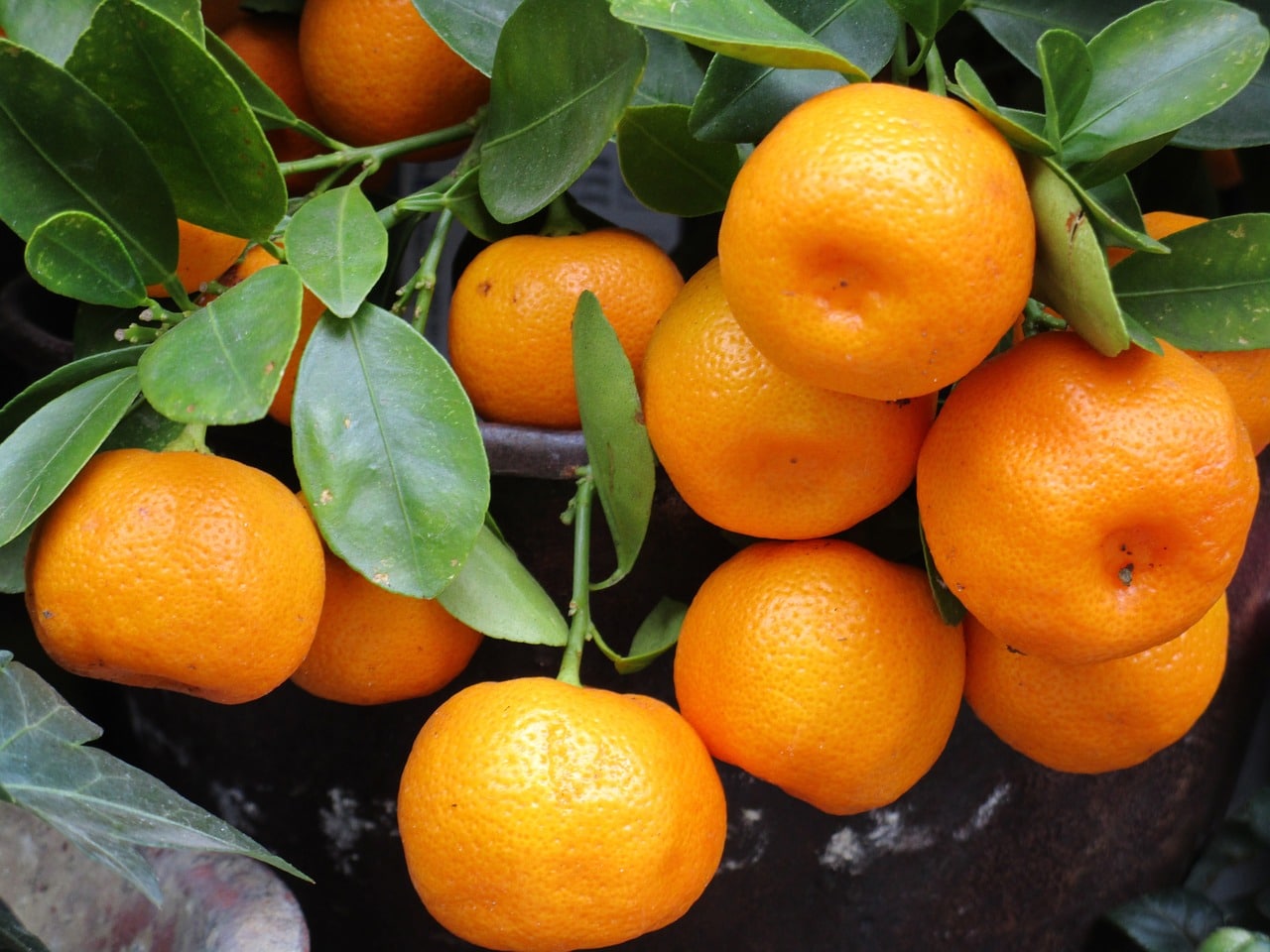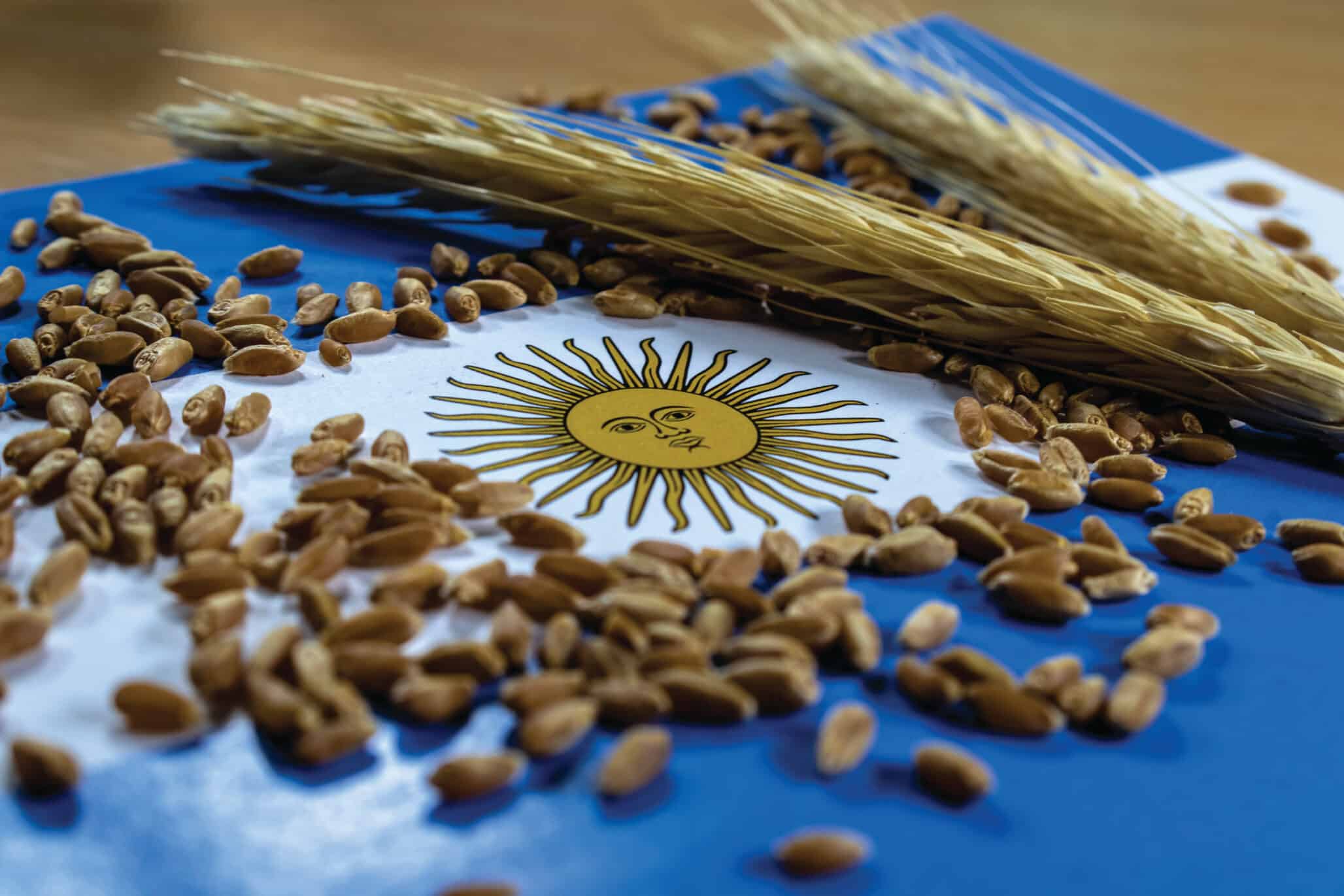The notorious concept of the “Essentially Derived Variety” (EDV) is one of the most complex yet fascinating legal constructions in the plant breeding rights’ arena.
Historically, the legal construct of the EDV was adopted at the occasion of the revision of the UPOV Convention leading to the UPOV 1991 Act and its legislative bedrock is accordingly found in Article 14(5) of the UPOV Convention.
First, pursuant to Article 14(5)(a)(i) of the UPOV Convention, the scope of protection recognised to the title holder of a plant variety extends to varieties which are “essentially derived from the protected variety (where the protected variety is not itself an essentially derived variety)”.
Second, an EDV must fulfil a triple-fold criterion to be regarded as such within the meaning of Article 14(5)(b) of the UPOV Convention. In accordance with said provision, “a variety shall be deemed to be essentially derived from another variety (“the initial variety”) when:
- It is predominantly derived from the initial variety, or from a variety that is itself predominantly derived from the initial variety, while retaining the expression of the essential characteristics that result from the genotype or combination of genotypes of the initial variety [predominant derivation],
- It is clearly distinguishable from the initial variety [clear distinctness] and
- Except for the differences which result from the act of derivation, it conforms to the initial variety in the expression of the essential characteristics that result from the genotype or combination of genotypes of the initial variety [high level of conformity].”
Third, a non-exhaustive list of examples of methods by means of which EDVs can be obtained is presented in Article 14(5)(c) of the UPOV Convention, namely, “the selection of a natural or induced mutant, or of a somaclonal variant, the selection of a variant individual from plants of the initial variety, backcrossing, or transformation by genetic engineering.” This list corresponds to the technologies that were known in 1991, but it should be regarded as a sort of “living-provision” that may potentially embrace new breeding techniques.
The EDV notion as embodied in the international legislative framework of UPOV was latter incorporated into the European Union legislation on plant variety protection and, more precisely, in Article 13(6) of the Regulation (EC) No 2100/94 on Community plant variety rights. At national scale, most EU Member States have also accommodated the EDV concept in their respective plant variety protection legislation.

From a retrospective perspective, it can be held that the UPOV legislator conceived EDVs as a tool to balance the interests of both the breeder of the initial variety and that of the EDV. The underlying concept is that the breeder of the EDV can commercialise its variety, subject nonetheless to the authorisation and conditions of the breeder of the initial variety if it is protected, what in turn compensates the latter for the predominant contribution of the IV breeders variety to the essential characteristics of the EDV. It must also be stressed that EDVs are eligible for plant variety rights in the same manner as for any variety, provided they fulfil the conditions established in Article 5 of the UPOV Convention. Hence, where both the initial variety and the EDV are covered by plant variety protection, the authorisation of both respective titleholders is required for the commercialisation of the EDV.
Regarding the application of the EDV notion, both legal and technical experts have faced difficulties when handling it in practice. Indeed, this notion may lend itself to diverging interpretations that could hamper its uniform application in the UPOV Contracting States. UPOV, aware of the complexity of the issue, organised a seminar exclusively dedicated to EDVs (UPOV/SEM/GE/13) on 22 October 2013. During this session, the historical background and the purpose of the EDV were revisited.
[tweetshareinline tweet=”The EDV notion may lend itself to diverging interpretations that could hamper its uniform application in the UPOV Contracting States.” username=”EuropeanSeed”]
Bearing in mind past lessons, UPOV then adopted an Explanatory Note on Essentially Derived Varieties (EXN/EDV/2) in April 2017 with the aim of shedding light on the described conundrum. EXN/EDV/2 is divided into two sections: the first section delves into the main intricacies relating to the EDV concept, whereas the second section provides guidance on the assessment of EDVs. Despite not deploying legally binding effects, UPOV Explanatory notes provide valuable ad hoc guidance to UPOV members, stakeholders and judges who may have to decide EDV disputes.
UPOV now intends to get straight into the heart of the matter of EDVs by organising the upcoming “Seminar on the impact of policy on essentially derived varieties (EDVs) on breeding strategy” that will be held on 30 October at the UPOV premises in Geneva, Switzerland. With all the relevant actors in the plant variety field gathering around the table, this seminar will prove an excellent opportunity to address all the above-mentioned aspects and, overall, to attain a better understanding of the EDV notion from both the legal and the technical/practical prism.
Editor’s Note: Ángela Martínez López is Manager Intellectual Property and Legal Affairs at Euroseeds in Brussels.












